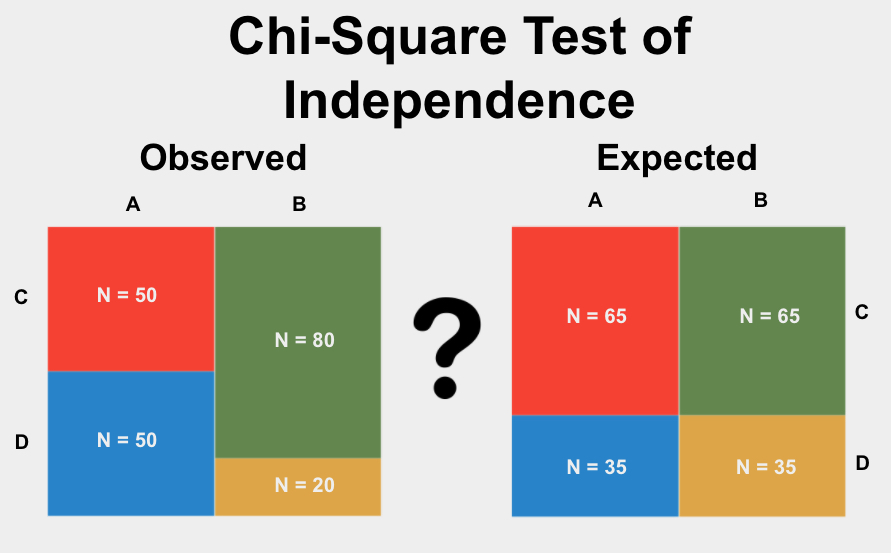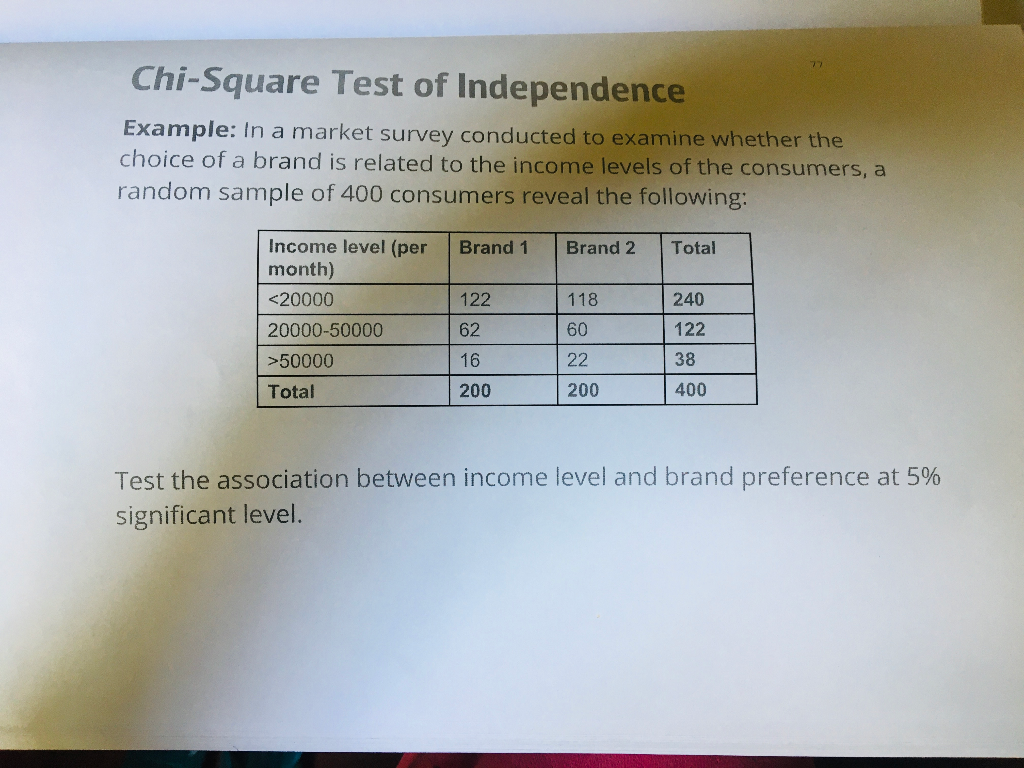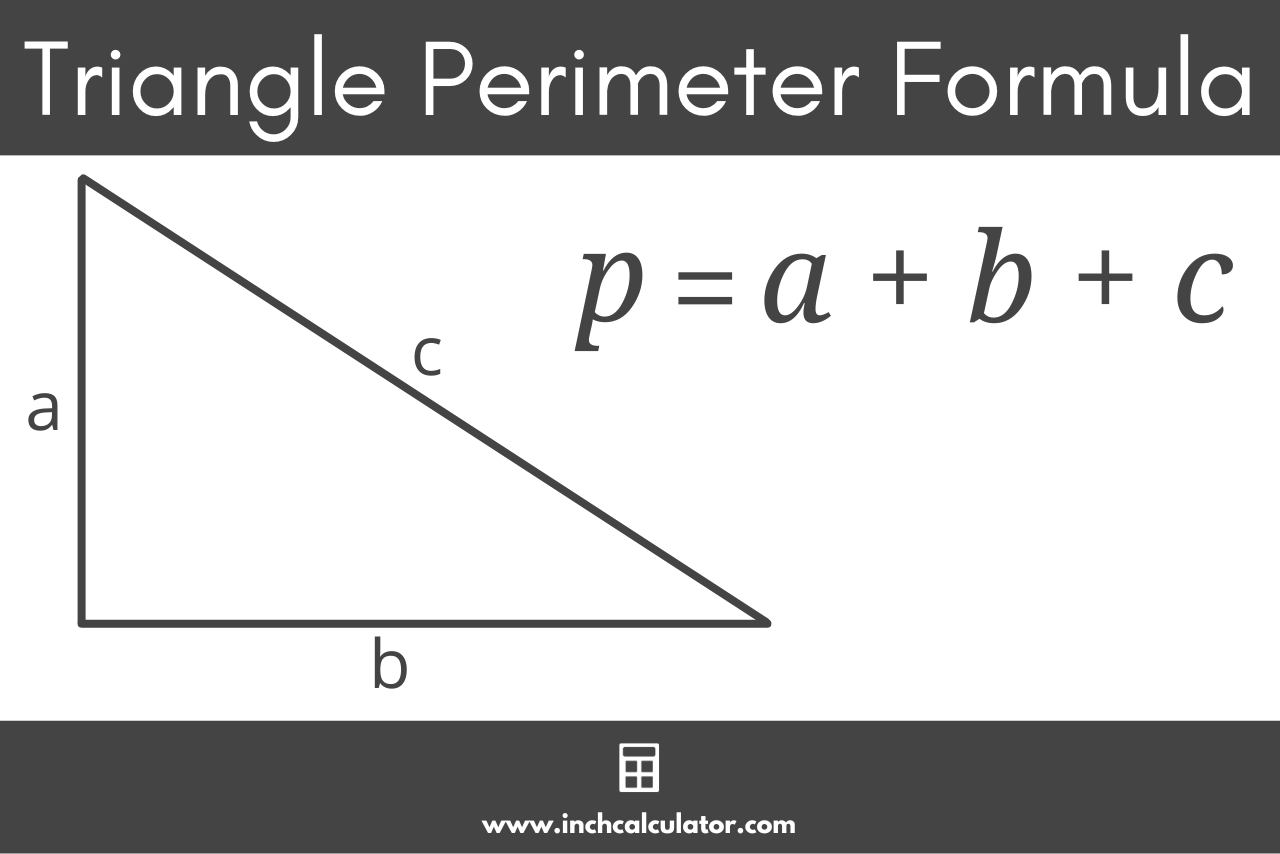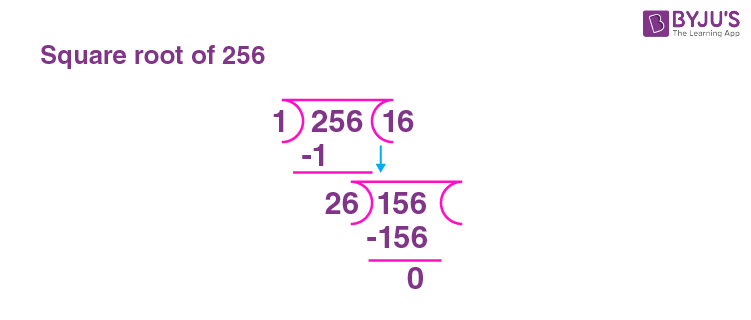Topic chi square test for independence examples: Discover the essential steps and real-world applications of the Chi Square Test for Independence. This statistical method helps identify the relationship between categorical variables. In this guide, we explore detailed examples, calculation methods, and interpretations to enhance your understanding and application of this powerful test.
Table of Content
- Chi-Square Test for Independence: Examples and Applications
- Introduction to Chi-Square Test for Independence
- Understanding the Hypotheses
- Conditions for Using the Chi-Square Test
- Calculating Expected Values
- Performing the Chi-Square Test: Step-by-Step
- Interpreting the Results
- Examples of Chi-Square Test for Independence
- Using Statistical Software for Chi-Square Tests
- Common Mistakes and Tips
- Real-World Applications of Chi-Square Test
- Additional Resources and Further Reading
- YOUTUBE: Video này giới thiệu về Phân tích Chi-Square về Sự Độc Lập, phù hợp cho bài viết với từ khóa 'chi square test for independence examples' hay không?
Chi-Square Test for Independence: Examples and Applications
The Chi-Square Test for Independence is a statistical method used to determine if there is a significant association between two categorical variables. This test is particularly useful in various fields such as social sciences, marketing, and healthcare to analyze the relationship between variables from survey data, experiments, and observational studies.
Steps to Perform a Chi-Square Test for Independence
- Formulate the Hypotheses:
- Null Hypothesis (H0): Assumes that the two variables are independent.
- Alternative Hypothesis (Ha): Assumes that the two variables are not independent.
- Collect and Organize the Data:
Arrange the observed frequencies of the variables in a contingency table. For example, consider a survey of 500 adults on political affiliation and opinion on a tax reform bill:
Opinion Favor Indifferent Oppose Total Political Affiliation 1 138 83 64 285 Political Affiliation 2 64 67 84 215 Total 202 150 148 500 - Calculate the Expected Frequencies:
The expected frequency for each cell in the table is calculated using the formula:
\[ E_{ij} = \frac{(row \, total_i \times column \, total_j)}{grand \, total} \]
- Compute the Chi-Square Statistic:
The Chi-Square statistic is calculated by summing the squared difference between observed (\(O\)) and expected (\(E\)) frequencies, divided by the expected frequency for each cell:
\[ \chi^2 = \sum \frac{(O_{ij} - E_{ij})^2}{E_{ij}} \]
- Determine the Degrees of Freedom:
The degrees of freedom for the test is calculated as:
\[ df = (number \, of \, rows - 1) \times (number \, of \, columns - 1) \]
- Compare the Chi-Square Statistic to the Critical Value:
Compare the calculated Chi-Square statistic to the critical value from the Chi-Square distribution table at the desired significance level (\(\alpha\)). If the statistic is greater than the critical value, reject the null hypothesis.
Example Calculations
Consider the table below showing the relationship between type of movie and snack preference:
| Type of Movie | Snack | No Snack | Total |
|---|---|---|---|
| Action | 50 | 75 | 125 |
| Comedy | 125 | 175 | 300 |
| Drama | 90 | 30 | 120 |
| Horror | 45 | 10 | 55 |
| Total | 310 | 290 | 600 |
Using the expected frequencies and the formula for the Chi-Square statistic, the calculations are performed to test the independence of movie type and snack preference. If the Chi-Square statistic exceeds the critical value at the chosen significance level, we reject the null hypothesis and conclude that there is a significant association between the two variables.
Conclusion
The Chi-Square Test for Independence is a powerful tool for examining the relationship between categorical variables. By following the outlined steps, researchers can determine whether the observed relationships in their data are statistically significant or likely due to chance.

READ MORE:
Introduction to Chi-Square Test for Independence
The Chi-Square Test for Independence is a statistical test used to determine whether there is a significant association between categorical variables. It is a non-parametric test that is useful when the variables under study are categorical rather than continuous.
Here's a step-by-step overview of how the Chi-Square Test for Independence works:
- Formulate Hypotheses: Begin by stating the null hypothesis (H0) that assumes no association between the variables, and the alternative hypothesis (H1) that suggests there is an association.
- Collect Data: Gather data where each observation falls into one of several categories for each variable.
- Create Contingency Table: Organize the data into a contingency table where rows represent one variable and columns represent the other.
- Calculate Expected Frequencies: Compute the expected frequencies for each cell in the contingency table under the assumption that H0 is true.
- Compute Chi-Square Statistic: Calculate the Chi-Square statistic using the formula:
where \( O_i \) is the observed frequency and \( E_i \) is the expected frequency for each cell.
The Chi-Square statistic follows a chi-square distribution, and its significance is determined by comparing it to a critical value from the chi-square distribution with degrees of freedom determined by the dimensions of the contingency table.
If the calculated Chi-Square statistic exceeds the critical value, we reject the null hypothesis and conclude that there is a statistically significant association between the variables.
Conversely, if the calculated Chi-Square statistic does not exceed the critical value, we fail to reject the null hypothesis, suggesting no significant association.
The Chi-Square Test for Independence is widely used in various fields, including social sciences, biology, and market research, to analyze relationships between categorical variables.
Understanding the Hypotheses
In the context of the Chi-Square Test for Independence, hypotheses are formulated to assess the relationship between categorical variables. Here's a detailed explanation:
- Null Hypothesis (H0): This hypothesis assumes that there is no association between the categorical variables under study. It suggests that any observed association in the sample is due to random chance.
- Alternative Hypothesis (H1): Conversely, the alternative hypothesis proposes that there is a significant association between the variables in the population. It suggests that the observed association in the sample reflects a real relationship.
When conducting a Chi-Square Test for Independence:
- The null hypothesis (H0) typically states that the variables are independent.
- The alternative hypothesis (H1) states that there is a dependency between the variables.
The test evaluates whether the observed frequencies in a contingency table differ significantly from the frequencies that would be expected under the assumption of independence (H0). If the calculated Chi-Square statistic indicates a significant difference, we reject the null hypothesis and conclude that there is an association between the variables.
Understanding and correctly formulating hypotheses is crucial for interpreting the results of the Chi-Square Test for Independence accurately and making valid statistical inferences about the relationship between categorical variables.
Conditions for Using the Chi-Square Test
The Chi-Square Test for Independence has certain conditions that must be met for valid interpretation of results:
- Categorical Variables: The data must consist of categorical variables, which are variables that can be divided into distinct groups or categories.
- Independence: The observations used in the test should be independent. This means that the occurrence or value of one variable should not influence the occurrence or value of another variable.
- Expected Cell Frequencies: The expected frequency count for each cell in a contingency table should be at least 5. This condition helps ensure the validity of the Chi-Square approximation.
- Sample Size: While there is no strict rule, larger sample sizes tend to provide more reliable results for the Chi-Square Test for Independence.
These conditions help ensure that the Chi-Square Test for Independence is appropriate and that the results obtained are valid for making statistical inferences about the relationship between categorical variables.
Calculating Expected Values
Expected values in the context of the Chi-Square Test for Independence are the theoretical frequencies that would be expected in each cell of a contingency table if the null hypothesis (no association between variables) were true. Here’s how they are calculated:
- Calculate Row Totals: Sum the frequencies for each row and denote these totals as \( R_i \).
- Calculate Column Totals: Sum the frequencies for each column and denote these totals as \( C_j \).
- Calculate Total Sample Size: Sum all frequencies in the contingency table, denoted as \( n \).
- Compute Expected Frequency for Each Cell: Use the formula:
where \( E_{ij} \) is the expected frequency for cell \( (i, j) \), \( R_i \) is the total count of observations in row \( i \), \( C_j \) is the total count of observations in column \( j \), and \( n \) is the total sample size.
These expected values serve as a basis for comparison with the observed frequencies in each cell of the contingency table. The Chi-Square statistic is then calculated based on the differences between these expected and observed frequencies to determine if there is a significant association between the categorical variables.

Performing the Chi-Square Test: Step-by-Step
Performing a Chi-Square Test for Independence involves several key steps to analyze the relationship between categorical variables:
- Formulate Hypotheses: Define the null hypothesis (H0) and alternative hypothesis (H1) regarding the independence of the variables.
- Collect Data: Gather categorical data from a sample that includes frequencies or counts for each category of the variables.
- Create Contingency Table: Construct a contingency table where rows represent one variable and columns represent the other, with cells containing observed frequencies.
- Calculate Expected Frequencies: Compute the expected frequency for each cell assuming independence using the formula:
where \( E_{ij} \) is the expected frequency for cell \( (i, j) \), \( R_i \) is the total count of observations in row \( i \), \( C_j \) is the total count of observations in column \( j \), and \( n \) is the total sample size.
- Compute Chi-Square Statistic: Calculate the Chi-Square statistic using the formula:
where \( O_{ij} \) is the observed frequency and \( E_{ij} \) is the expected frequency for each cell.
- Determine Degrees of Freedom: Calculate the degrees of freedom (\( df \)) for the Chi-Square distribution based on the dimensions of the contingency table.
- Compare with Critical Value: Refer to the Chi-Square distribution table or use statistical software to find the critical value corresponding to your chosen significance level (usually 0.05).
- Interpret Results: Compare the calculated Chi-Square statistic with the critical value. If the calculated statistic is greater than the critical value, reject the null hypothesis and conclude there is a significant association between the variables.
This step-by-step process allows researchers to assess the strength and significance of relationships between categorical variables using the Chi-Square Test for Independence.
Interpreting the Results
Interpreting the results of a Chi-Square Test for Independence involves analyzing the Chi-Square statistic calculated from the contingency table. Here’s how to interpret the findings:
- Compare Chi-Square Statistic: Review the calculated Chi-Square statistic, which measures the discrepancy between observed and expected frequencies. Higher values indicate a stronger association between variables.
- Determine Degrees of Freedom: Calculate the degrees of freedom (\( df \)) based on the dimensions of the contingency table.
- Find Critical Value: Refer to the Chi-Square distribution table or use statistical software to find the critical value corresponding to your chosen significance level (usually 0.05).
- Make a Decision: Compare the calculated Chi-Square statistic with the critical value:
- If \( \chi^2 \) (calculated) > \( \chi^2 \) (critical), reject the null hypothesis. This suggests that there is a statistically significant association between the variables.
- If \( \chi^2 \) (calculated) ≤ \( \chi^2 \) (critical), fail to reject the null hypothesis. This indicates that there is no significant association between the variables.
It’s important to interpret the results in the context of the research question and ensure that all assumptions and conditions for the Chi-Square Test for Independence were met. Clear interpretation of the results helps draw valid conclusions about the relationship between categorical variables.
Examples of Chi-Square Test for Independence
Here are some hypothetical examples illustrating the application of the Chi-Square Test for Independence:
- Example 1: Gender and Political Party Preference
Researchers want to determine if there is a relationship between gender (male vs. female) and political party preference (Republican, Democrat, Independent). They collect data from a random sample of voters and create a contingency table to analyze the association.
Republican Democrat Independent Male 150 200 100 Female 120 180 80 Based on this data, researchers perform a Chi-Square Test for Independence to determine if there is a statistically significant relationship between gender and political party preference.
- Example 2: Education Level and Job Satisfaction
A company wants to assess whether there is a relationship between employees' education level (high school, college, graduate) and their job satisfaction levels (satisfied, neutral, dissatisfied). They survey a sample of employees and construct a contingency table to analyze the data.
Satisfied Neutral Dissatisfied High School 80 50 30 College 120 100 40 Graduate 150 80 20 Using this data, the company applies the Chi-Square Test for Independence to determine if education level and job satisfaction are significantly associated.
These examples demonstrate how the Chi-Square Test for Independence can be used to analyze relationships between categorical variables in various fields of study and research.
Using Statistical Software for Chi-Square Tests
Statistical software greatly simplifies the process of performing Chi-Square tests for independence. Here's how you can use popular software packages:
- Using Minitab:
Minitab provides a straightforward method to conduct Chi-Square tests:
- Enter your data into Minitab or import it from a file.
- Go to Stat > Basic Statistics > Chi-Square Test.
- Select the variables for the rows and columns of your contingency table.
- Adjust any settings or options as needed, then click OK to perform the test.
- Using SPSS:
SPSS offers robust tools for statistical analysis, including Chi-Square tests:
- Input your data into SPSS or load a dataset.
- Navigate to Analyze > Descriptive Statistics > Crosstabs.
- Specify your row and column variables.
- Under Statistics, choose Chi-Square and any other relevant options.
- Click OK to generate results, including expected frequencies and significance levels.
- Using Excel:
Excel can perform Chi-Square tests with the help of formulas and data organization:
- Organize your data into a contingency table format.
- Use formulas like
=CHISQ.TESTto compute Chi-Square values and=CHIINVfor critical values. - Interpret the results based on the calculated Chi-Square statistic and degrees of freedom.
- Using R:
R provides powerful capabilities for statistical analysis, including Chi-Square tests:
- Load your dataset into R using
read.csvor similar functions. - Construct your contingency table using
tableorxtabs. - Perform the Chi-Square test using
chisq.test. - Review the output which includes the Chi-Square statistic, p-value, and other relevant statistics.
- Load your dataset into R using

Common Mistakes and Tips
When conducting Chi-Square tests for independence, it's important to avoid these common mistakes and follow these helpful tips:
- Small Sample Sizes: Ensure your sample sizes are sufficiently large; otherwise, Chi-Square test results may not be reliable.
- Incorrect Variable Types: Verify that variables used in the test are categorical and have mutually exclusive categories.
- Assumption Violations: Check for violations of test assumptions such as independence of observations and expected cell frequencies.
- Interpreting Expected Frequencies: Understand that expected frequencies are theoretical and not actual counts.
- Statistical Significance vs. Practical Significance: Differentiate between results that are statistically significant and those that are practically significant.
- Misinterpretation of Results: Carefully interpret Chi-Square test outputs, considering both the Chi-Square statistic and the associated p-value.
- Using Software: Familiarize yourself with the software you are using to avoid errors in data input or misapplication of test settings.
- Consultation: When in doubt, consult with a statistician or reference additional resources to ensure proper application of the Chi-Square test.
Real-World Applications of Chi-Square Test
The Chi-Square test for independence finds numerous practical applications across various fields:
- Market Research: Analyzing consumer preferences and behaviors based on categorical data.
- Healthcare: Studying the relationship between treatment outcomes and patient demographics.
- Economics: Examining the association between socio-economic factors and spending habits.
- Social Sciences: Investigating voting patterns and political affiliations.
- Biology: Assessing genetic linkage and independence of traits in populations.
- Education: Evaluating the effectiveness of teaching methods across different student groups.
- Quality Control: Ensuring consistency in manufacturing processes and product quality.
- Environmental Studies: Analyzing the distribution of species across different habitats.
Additional Resources and Further Reading
Explore more about Chi-Square tests for independence with these recommended resources:
- - Provides foundational knowledge on statistical methods including Chi-Square tests.
- - Offers advanced insights into regression models and their applications.
- - A comprehensive guide to using R for statistical analysis, including Chi-Square tests.
- - Learn how to perform Chi-Square tests using SPSS with practical examples.
- - Official documentation and tutorials for using Minitab for statistical analysis, including Chi-Square tests.
- - Access research articles and case studies applying Chi-Square tests in various disciplines.
Video này giới thiệu về Phân tích Chi-Square về Sự Độc Lập, phù hợp cho bài viết với từ khóa 'chi square test for independence examples' hay không?
Phân tích Chi-Square về Sự Độc Lập
READ MORE:
Video này giới thiệu về Kiểm Định Sự Độc Lập Bằng Phân Phối Chi-Square, phù hợp cho bài viết với từ khóa 'chi square test for independence examples' hay không?
Kiểm Định Sự Độc Lập Bằng Phân Phối Chi-Square

:max_bytes(150000):strip_icc()/Chi-SquareStatistic_Final_4199464-7eebcd71a4bf4d9ca1a88d278845e674.jpg)







